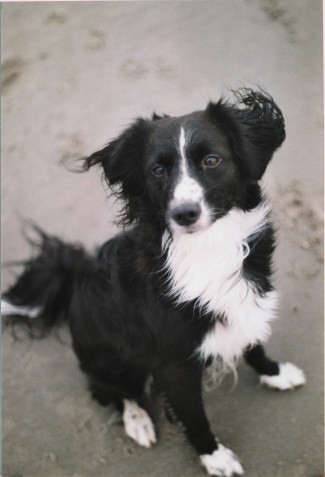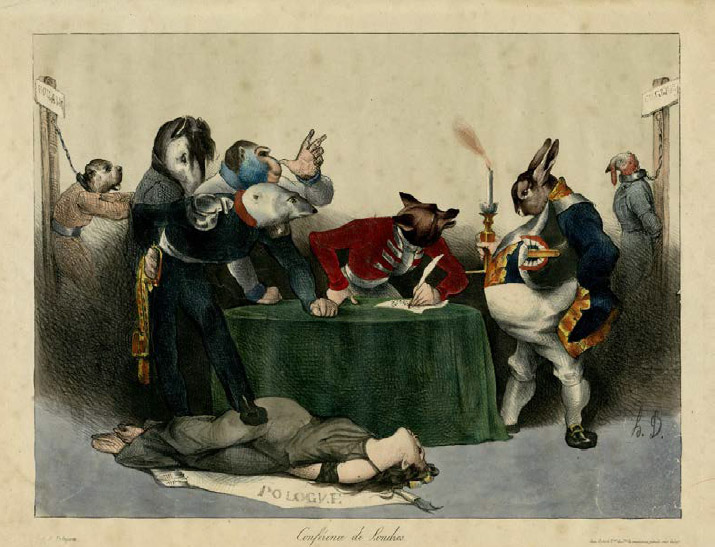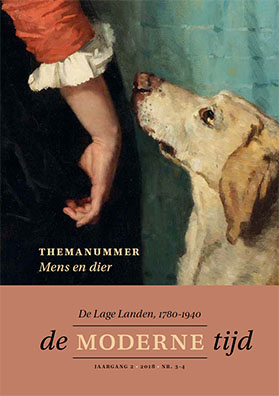In het kader van het nieuwe themajaar ‘Deftige Dieren: adellijke omgang met dieren vanaf de Gouden Eeuw’ organiseert Kasteel Amerongen in samenwerking met de Koninklijke Hondenbescherming de lezing ‘Van trekhond naar Huisvriend’.
De beleidsmedewerker juridische en politieke zaken van de Hondenbescherming, Just de Wit, zal op 20 juni 2019 om 20.30 uur de lezing geven met als titel ‘Van trekhond naar Huisvriend’. De functie van de hond door de jaren heen is nogal veranderd, van trekhond naar huisvriend. De rol van de Koninklijke Hondenbescherming is daar natuurlijk ook door veranderd. Aanvankelijk lag de nadruk op het afschaffen van trekhonden. Toen de trekhonden eenmaal uit het straatbeeld waren verdwenen, wilde dat nog niet zeggen dat honden geen bescherming meer nodig hadden. Er waren veel kettinghonden en die zijn er helaas nog. En ook waar de hond gezelschapsdier is geworden, bevindt hij zich nog niet altijd in het beste mogelijke gezelschap.
Aan het eind van de lezing wordt de film ‘Cesar, de geschiedenis van een trekhond’ vertoond. Deze film is in opdracht van de ‘’Anti Trekhonden Bond’’ gemaakt en dateert uit 1927 en duurt ongeveer 35 minuten.
Programma
De lezing start om 20.30. U kunt enkel de lezing bijwonen óf kiezen voor een compleet programma. Voorgaand aan de lezing kunt u de speciale rondleiding ‘Deftige Dieren’ meemaken in Kasteel Amerongen. Deze rondleiding start om 19.00 uur. Het programma is als volgt:
19.00 uur Start Rondleiding Deftige Dieren
20.00 uur Einde rondleiding / koffie en thee pauze
20.30 uur Start lezing
Kosten en tickets
De lezing kost los € 5,00 p.p. De lezing inclusief rondleiding en koffie/thee-pauze is € 15,00. Tickets zijn te koop via www.kasteelamerongen.nl



